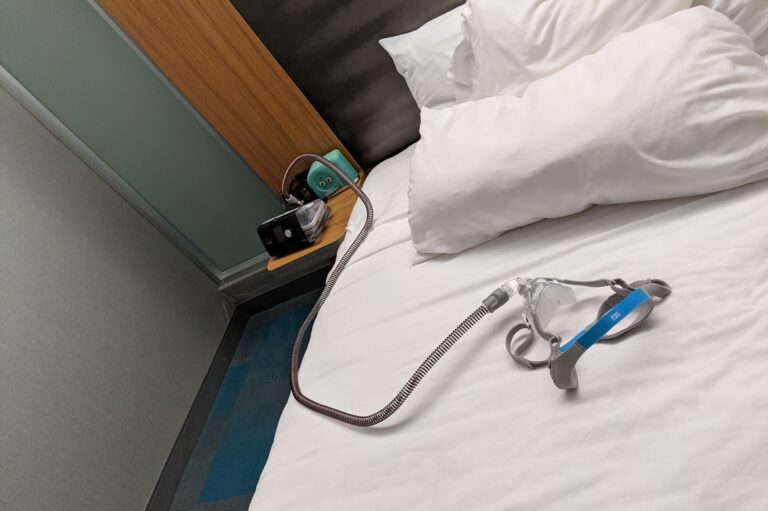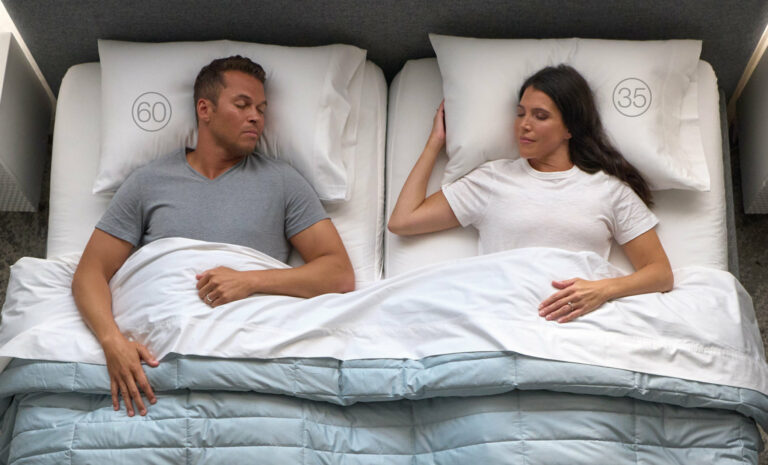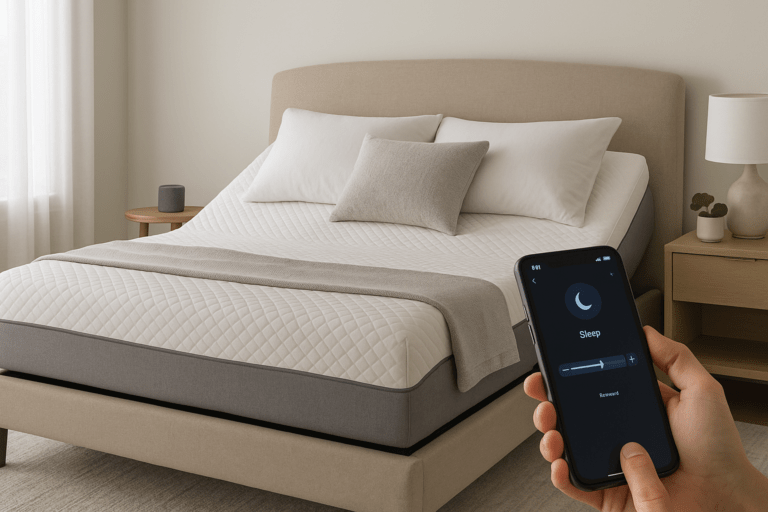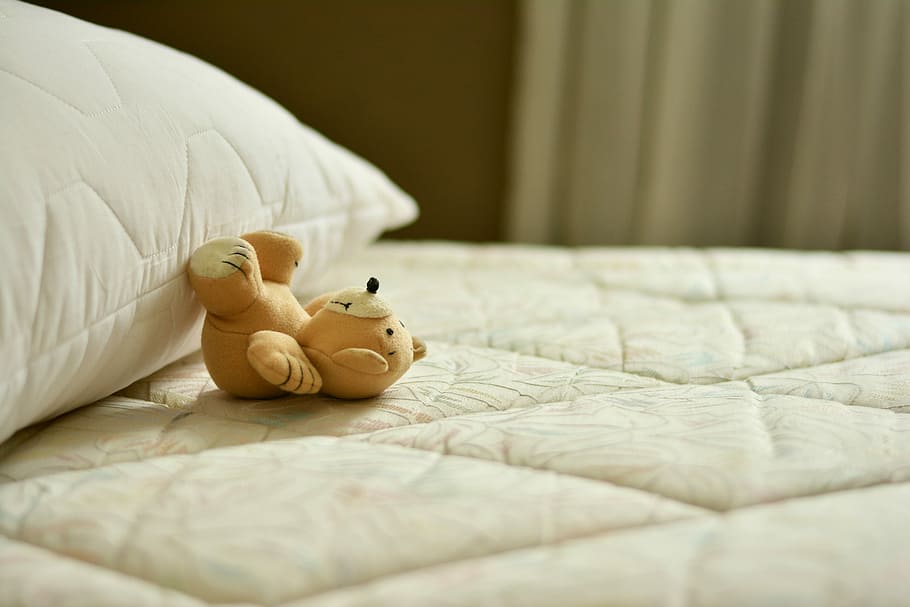
Foam Materials Matter: Is Your Mattress Toxic?
Everyone knows what memory foam is, but does anyone really know what Biogreen memory foam is? In this day and age, a lot of people take things at face value, choosing not to dig any further than what they’re told because let’s face it, who has the time? Next thing they know, they’re experiencing frequent headaches, nausea, dizziness and have absolutely no idea why…
But not you. No, you’re here for answers.
The Truth About Memory Foam
You want to know the truth about memory foam. You saw the link and you decided it actually matters to you what these mattresses are made of. With this additional information and learning how some foam is toxic, you’ll be better armed to make a well informed purchase decision. Let’s get right to it, shall we?
What makes memory foam awesome?
In case you were born last week and missed the 90’s, you’re probably already aware of the most well known type of memory foam designed by NASA to react slowly to pressure and “remember” the shape of whatever presses into it. This technology was initially invented to absorb the G-Force of astronauts traveling into space, but it soon became the perfect mattress material and rose in popularity among couples who hated sleeping together but still wanted to sleep together. The rest is history.
The obvious advantages to memory foam are:
- Isolation of Movement: Meaning you’re less likely to be disturbed by any outside movement on the mattress every time you tell your hubby to head to Couch City.
- Better Distribution of Weight and Pressure: Great for heavier people or anyone with joint or back issues from all that kung fu fighting everyone was supposedly doing.
- Quiet and Comfortable: No more waking up the neighborhood with squeaky springs every time you do the horizontal mambo.
But did you know there’s different types of memory foam? Of course you did…but in case there’s anyone reading who’s just pretending they know, let’s review.
What Are the Different Types of Memory Foam?
We’re talking the classic stuff, the usual, the most common bedding foam in use today as seen for the first time in 1991 when it was first developed from NASA cushioning material. Memory foam is sometimes called visco-elastic foam, or visco if you’re trying to impress the mattress salesman.
It’s best known for its slow sinkage that conforms to the shape and weight of the person sitting or lying on it, “remembering” the shape for several seconds. At the time, this was a revolutionary invention in the mattress market!
The base made up of memory foam, however, is polyurethane foam, with added ingredients that make it more heat sensitive. Unfortunately, this also means it retains more heat than a spring mattress, hence its reputation for “sleeping hot.”
Memory foam has a more lingering and unpleasant odor than polyurethane foam, which comes from all the added chemicals that give the foam its memory. Some of these evaporating hydrocarbons, known as Volatile Organic Compounds (VOCs) are toxic and/or irritants, which can elicit allergic reactions in certain individuals.
Latex (Foam Rubber)
While the Global Organic Latex Standard (GOLS) technically classifies latex as “organic” because it’s sourced from rubber trees, there’s no universal standard for when blended latex is “natural” or not. Since all-natural latex isn’t as durable or as cost effective as synthetic latex, the two are usually blended.
But if you know your synthetic latex (you do, don’t you?), you know synthetic latex is a petroleum product, so you have to ask yourself: is it really a green option if it hurts trees and uses petroleum?
Sadly, it’s still greener than the next kind of material…
Polyurethane Foam
You could say this is the worst of the worst. Producing polyurethane foam requires a process that has yet to be perfected, using oils and toxic compounds known as isocyanates, which are most commonly found in plastics and adhesives.
Where are the oils refined from? You guessed it: Petroleum.
And even though the end product isn’t toxic, most petroleum derivatives are toxic, not to mention the extraction of oil from the ground is not a green process.
The biggest danger of polyurethane foam is that it breaks down as it ages, creating a residue and emitting gasses that can be irritating or toxic. There’s even an emission of gasses upon initial production from oils in new foam. That “new bed” smell you’re smelling from your Tempur-Pedic mattress? You could be inhaling these toxic gasses, which is why their company still has an active lawsuit for failing to warn their customers about it.
Yikes! These don’t exactly sound like the best materials, do they?
Foam manufacturers agree, and have been revising the composition and manufacturing process of memory foam to reduce VOC’s to a negligible point. By 2013, many manufacturers had reduced their VOCs dramatically, a process worth the extra cost of newer memory foam to produce a healthier product for concerned customers. So was it worth it?
Is there a memory foam material that’s actually non-toxic? And that doesn’t just claim to be non-toxic while getting away with detectable toxic gasses? Glad you asked!
What Makes Biogreen Memory Foam Green?
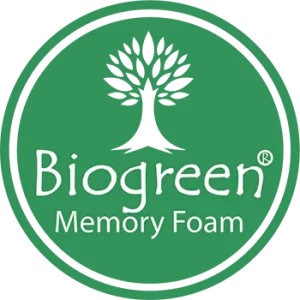 You want to know the truth about memory foam. You saw the link and you decided it actually matters to you what these mattresses are made of. With this additional information and learning how some foam is toxic, you’ll be better armed to make a well informed purchase decision.
You want to know the truth about memory foam. You saw the link and you decided it actually matters to you what these mattresses are made of. With this additional information and learning how some foam is toxic, you’ll be better armed to make a well informed purchase decision.
Let’s get right to it, shall we?
Despite the wild rumors, Biogreen foam is not made primarily of plant-derived oils, which is great news seeing as higher percentages of plant oils lead to early breakdown of the foam. What a relief!
So what makes Biogreen memory foam green? First of all, it doesn’t have certain unwanted nasty chemicals, like those used in flame retardants. That means no PBDE, TDI, Boric Acid, or even Bromine, so you can scratch those off your list!
Biogreen underwent rigorous testing in an Air Quality Services lab (a division of UL) by being kept in a closed chamber for seven days and measuring the amount of emissions in the air at the end of the containment period. The result? A small fraction of VOCs that were well below the standards of even the strictest certification known as GreenGuard Gold. In other words, Biogreen memory foam has set a new standard altogether others should strive to follow!
Honorable Mentions
Biogreen isn’t the only response to the rise in public demand of a greener mattress. Here are some examples of other relatively green options:
Magniflex
Magniflex memory foam mattresses are made in Italy, and according to their descriptions use water instead of solvents in the foaming process. Customer reviews say their products have virtually no detectable odors.
Cargill and Amerisleep
Cargill, the agribusiness giant, works with Amerisleep to provide American-made memory foam using soy oil polyols, which are classed as organic compounds. The benefit of this process is supposedly superior support and durability. However, certifiable third-party lab test results aren’t openly available as proof.
Mattress Greenwashing
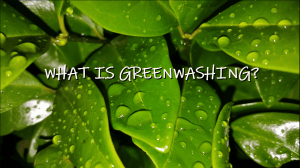 Let’s talk about the elephant in the room: Greenwashing
Let’s talk about the elephant in the room: Greenwashing
What do you mean, you weren’t thinking about the use of the word green to market products? Environmentalism has become a trend many people blindly participate in without considering whether or not those products labeled “green” are actually better for the environment than the competitors.
If a business can’t prove their product is truly green, the practice is considered greenwashing, otherwise known as making a claim that can’t be substantiated. This is now a common practice in marketing memory foam products like mattresses and pillows. As of now, Biogreen still rules with the lowest certified level of VOC emissions from memory foam to date, and that’s a fact!
So why go green? Allergies!
Aside from impressing your friends with how much you care about the environment, the benefits to knowing that Biogreen is the superior choice when it comes to mattress materials are health related. Many individuals are allergic to the fireproofing chemicals used in the manufacturing of foam mattresses, which can include methylene aniline (a suspected carcinogen), vinylidene chloride (an eye irritant), and formaldehyde.
These can commonly stem from:
- the smell alone
- the foam mattress chemicals themselves
Or even…
- the dust mites feasting on your skin cells
Reactions can include:
- nausea
- irritated nose
- headaches & dizzy spells
- rashes & hives
These reactions can range from mild to severe. It’s important to note when they happen to figure out if your mattress is the source. Contact your doctor if you find yourself uncertain.
Help! I Think I’m Allergic to My Mattress…
If you’re looking to mitigate possible reactions from a new mattress, always allow the mattress to off-gas in a well ventilated area for a few days longer than recommended. This will allow the release of excess undesirable chemicals or pests.
If you’ve got a mattress you think you’re allergic to, here are some steps you can take to protect your mattress from allergy irritants and dust mites.
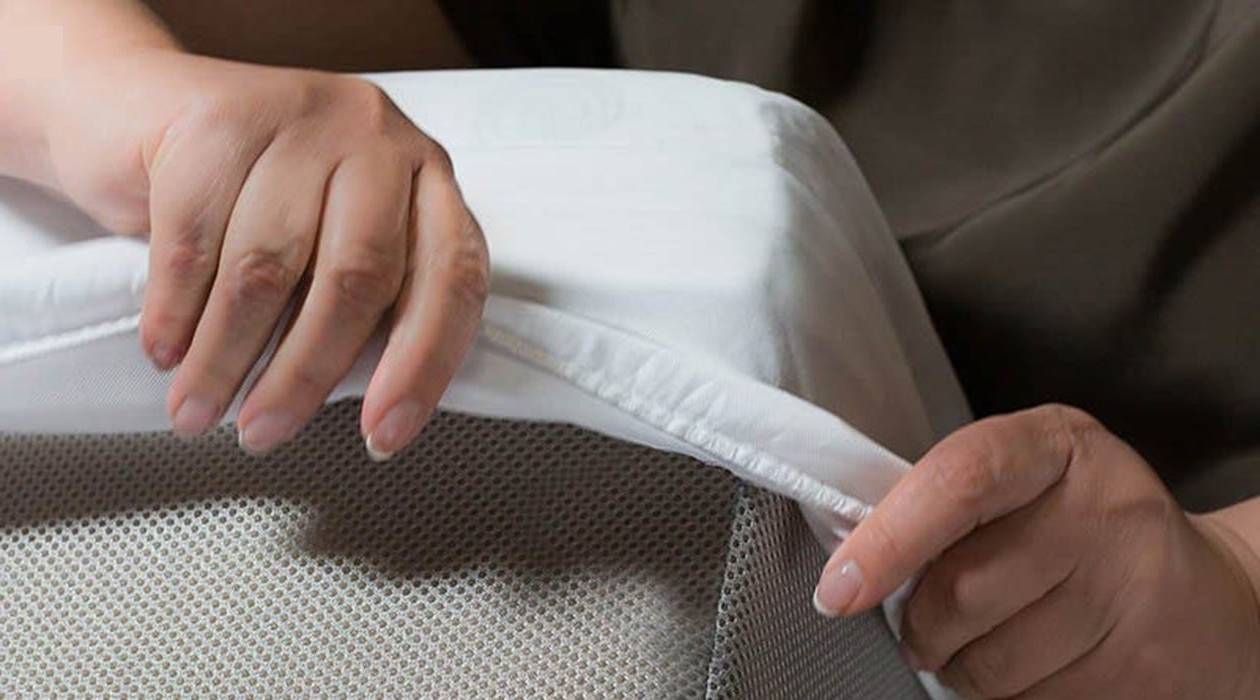 4 Ways To Allergy Proof Your Mattress
4 Ways To Allergy Proof Your Mattress
1. Throw on a mattress protector that’s made from genuinely organic material. You can typically find covers made of organic cotton, which can provide a nice barrier and mitigate reactions. Wash your protector regularly to minimize dander, dust, and other potential allergens.
2. Try to keep pets off of the mattress as much as possible. This isn’t realistic for anyone who considers their pet a family member and invites them up. However, if you have the strength to tell your furry little friends no, you will be doing yourself a favor and potentially keep away an abundance of irritants and invisible critters carried by your fur-babies that ultimately could invade your sleep space!
3. Vacuum often, at least twice a week, to get rid of certain types of allergens and stop them from spreading. Vacuuming the carpet and curtains where certain dust mites and bacteria love to live can reduce their presence in your mattress, too. To go the extra mile, use a face mask to avoid inhaling the dust-filled air while you vacuum.
4. Wash all your linens and bedding regularly. This should be obvious, and hopefully you’re doing it already, but washing your bedding in warm water three or four times a month helps kill off those tiny microscopic creatures known as dust mites, thereby reducing the allergens they harbor.
Conclusion: Biogreen Foam Mattress Materials
By now, you’re more educated on mattress materials and Biogreen foam than ever before! You can even tell people why they should care what mattresses are made of. When memory foam was first invented, it was clear the manufacturers weren’t exactly concerned with the long term effects from their materials.
These days, there’s some heavy competition out there to see who can make the greenest product for the future – even if it means bending the truth a bit.
Biogreen memory foam is now the standard at Tempflow, and comes highly recommended for anyone looking to make a smart, honest, and health conscious decision when it comes to their mattress. With the lowest VOCs on record, Biogreen foam has no odor and even stays cooler than classic memory foam, making this the obvious choice for more than one reason!

